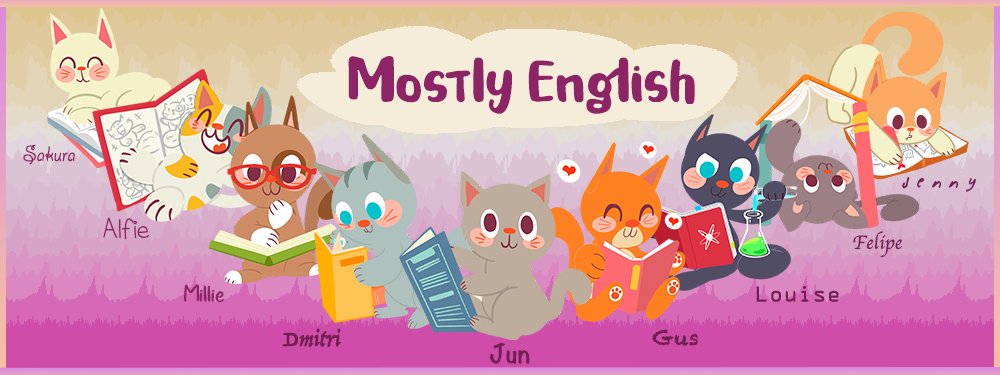Keywords: Year 7-8, poetry, the Romantic period, poetic techniques, literary devices, human nature, 8 MCQs, 2 short-answer questions.

The correct answers are highlighted in yellow!
The following is a complete poem by John Keats. It’s titled ‘The Human Seasons’.
Four Seasons fill the measure of the year;
There are four seasons in the mind of man:
He has his lusty Spring, when fancy clear
Takes in all beauty with an easy span:
He has his Summer, when luxuriously
Spring’s honied cud of youthful thought he loves
To ruminate, and by such dreaming high
Is nearest unto heaven: quiet coves
His soul has in its Autumn, when his wings
He furleth close; contented so to look
On mists in idleness—to let fair things
Pass by unheeded as a threshold brook.
He has his Winter too of pale misfeature,
Or else he would forego his mortal nature.
Questions
- This poem’s tone would best be described as:
a) Pessimistic and sarcastic
b) Apoplectic and lyrical
c) Acerbic and bellicose
d) Observant and explanatory
2. In this poem, Man is described as being like two animals (a bird and a cow). This is an example of:
a) A metaphor and a zoomorphism
b) A simile and alliteration
c) A triptych and a zoomorphism
d) A simile and consonance
3. What is this poem’s structure?
a) ABAB ABAB ABAB CC
b) ABBB ABBB ABBB CC
c) ABAB CDCD EFEF GG
d) AABB CCDD EEFF GG
4. Which of these is a literary device that is used in the poem?
a) Imagery
b) Alliteration
c) Anecdote
d) Triptych
5. As established, Man is associated with cows in the poem. Which line does this?
a) “his Winter too of pale misfeature”
b) “Spring’s honied cud of youthful thought”
c) “when his wings / He furleth close”
d) “when fancy clear / Takes in all beauty with an easy span”
6. Autumn has the highest number of lines and the most description. What is a possible reason behind this choice?
a) Autumn represents the slowest stage of a life; a high number of lines reflects that longevity.
b) Autumn is John Keats’ favourite season, as evidenced by his detailed description of it.
c) Autumn is the longest season of the year, so it is only logical for it to have the highest number of lines.
d) Autumn is a time of play and pleasure. A high number of lines reinforces those themes.
7. Which of these line best demonstrate the use of contrast?
a) “when his wings / He furleth close” and “he would forego his mortal nature“
b) “He has his lusty Spring, when fancy clear / Takes in all beauty with an easy span” and “There are four seasons in the mind of man“
c) “Four Seasons fill the measure of the year” and “There are four seasons in the mind of man“
d) “He has his lusty Spring, when fancy clear / Takes in all beauty with an easy span” and “His soul has in its Autumn…contented so to look / On mists in idleness“
8. Winter is spoken about _____________. This is most likely to illustrate ___________.
a) Sporadically, winter’s longetivity
b) A lot, winter’s brevity
c) Briefly, winter’s brevity
d) Briefly, winter’s longevity
9. Is this poem about actual seasons or something else? How can you tell? Provide two pieces of evidence from the text to support your answer (adjectives, the title, dialogue etc.).
Keats is using the seasons to represent stages of a human’s life. We know this because of the second line: “There are four seasons in the mind of man”. Any answer that pointed out adjectives relating to seasons and/or lines directly linking seasons to a life stage (e.g. “quiet coves / His soul has in its Autumn”) is accepted. The poem’s title (“The Human Seasons”) also counts as acceptable evidence.
10. Choose one season. What kind of personality does this season show in the poem? Provide three adjectives/lines from the text to support your answer.
Spring = anything relating to “lusty”, “beauty” or “easy”.
Summer = anything related to “dreaming”, “ruminating” or “luxury”.
Autumn = anything related to “quiet”, “idleness” or “closed”.
Winter = anything related to “pale”, “misfeature” or “mortal”.
The original passage and questions are here!
Have any questions? Feel free to message or comment! I’m always happy to help. 🙂
Note: To my knowledge, utilising this passage as a free educational exercise falls under fair use. If not, please let me know. I want to make sure that everything on this website is fair and right. The questions are of my own creation.

Can you give the summary of the poem
LikeLike
Hi Shreyansh! This poem is about the different stages of a human’s life. It uses the four seasons to represent four different stages: summer, spring, autumn, then winter. The use of different adjectives in each season reveals their differences. For example, where summer is ‘easy’ and full of ‘dreaming’, autumn is filled with ‘idleness’.
The order of the seasons in the poem can be taken to mean that this is the order of stages every human goes through; we all have our easy summer, happy spring, idle autumn, then a solemn winter.
Hope that helps!
LikeLike